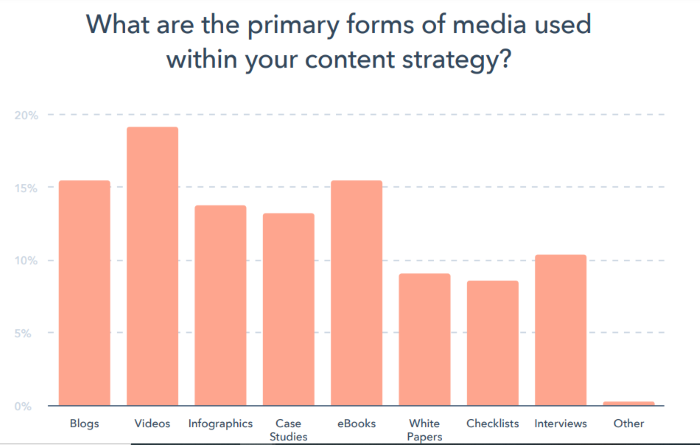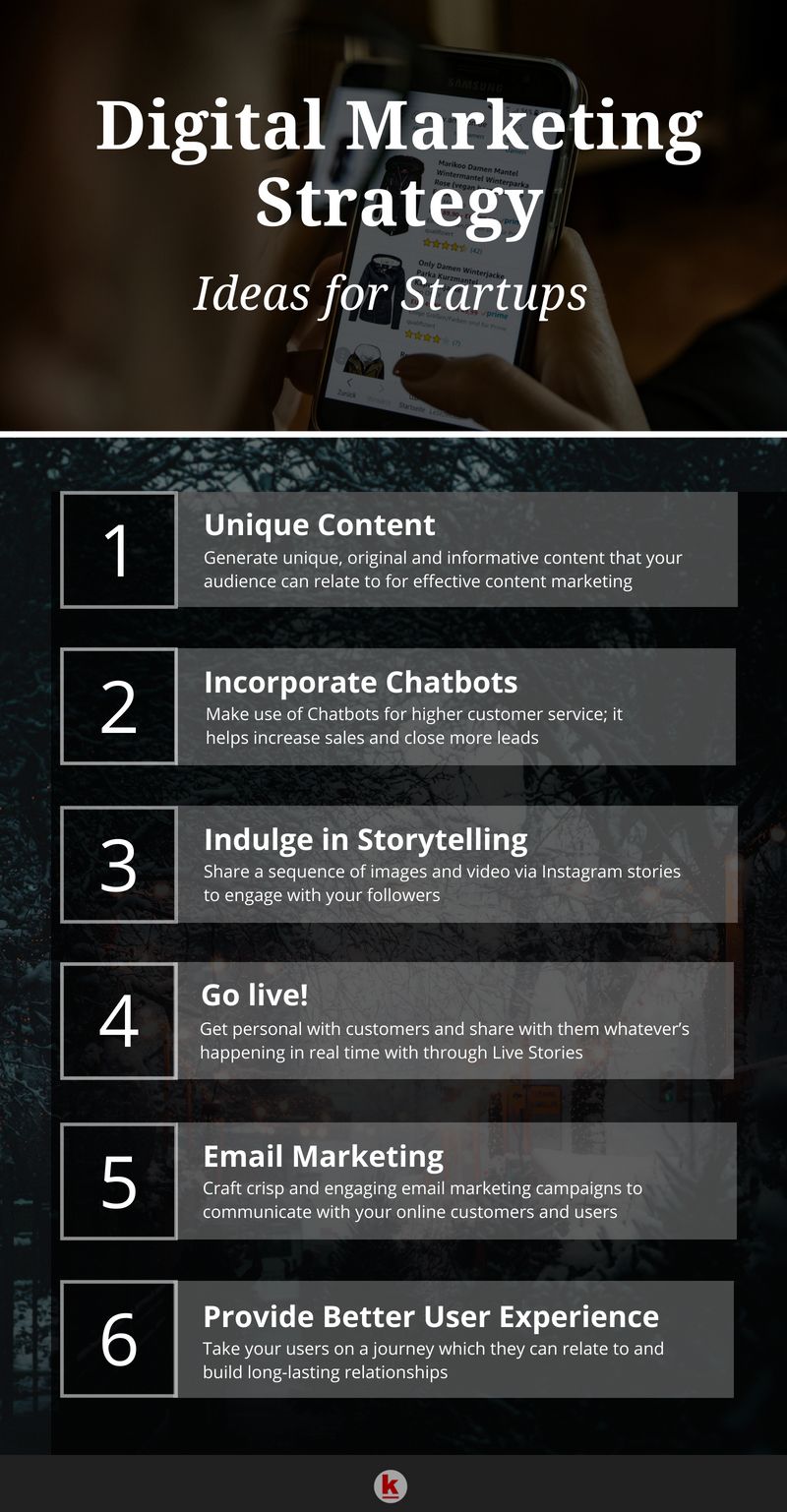
You must create content for social media if you want your brand to be known. You should understand your audience to create relevant content. Identify their habits and preferences so you can create valuable content that will appeal to them. Make sure that your content is aesthetically pleasing and flows well. Images and videos should be stimulating and encourage viewers to share them. These guidelines will help you create engaging content for social media.
Insights
Inspiration for content creators often comes from many sources. Social media is an amazing source of creative ideas and endless possibilities. Monitor the performance and creation of content for social media. Tracking the key performance indicator (KPI) of your posts will help you ensure that your content gets noticed. You should track views, comments, traffic, and other key performance indicators.
One way to find the best topics for social media is to conduct polls on your audience. By conducting polls on your audience, you'll know which topics they're interested in and will likely get the best engagement. This will help you keep your followers involved by creating articles based upon these polls. You could, for instance, upload a YouTube video tutorial and see how many people share it. The same goes for Instagram.

Tools
Although there are many tools that can be used to create content for social media, what makes these tools different? Canva is a drag-and drop image creation tool that is one of the most used and popular. Drag-and-drop interface allows you to create social media content in as simple as dropping a picture. It offers customizable templates, professional stock images, and logos, as well as eye-popping font styles. Canva can be integrated with multiple publishing platforms such as Facebook, Twitter and LinkedIn.
The right tools can make it easy to create content for your social media accounts. Using the right tools for content creation for social media can speed up the process of creating content and increase your brand awareness and trust. You can also share your content with your audience to increase your visibility and reach a wider audience. There are many tools available for content creation on social media. Choose the one that is right for you and your brand.
Strategies
Content is key to achieving your social media goals. When used to promote your business, social media should convert followers into customers. You can achieve this goal by developing a strategy to create content on social media. Content marketing via social media is much easier than you may think. Here are the steps you need to follow in order to create social media content.
First, determine the type of content your audience prefers to consume. Learn how your audience interacts with different media. You can promote your content using their preferred media. You might be able to collaborate with other brands or influencers to help promote your content. If your audience doesn't prefer one platform, consider creating a different kind of content. It's an excellent way to build your brand and increase brand recognition.

Target audience
One of the most crucial aspects of content marketing is identifying your target audience. First, identify the demographics of your target audience. Next, choose the platforms that they will use to consume your content. Then, decide which content types will appeal to them the most. These content can be published on your site, third-party blogs or social media. It is important to remember that your target audience shouldn't be limited to those who are part of your company.
Once you have defined your target audience, the next step will be to develop a system that monitors and manages customer feedback. This includes creating a method for asking customers to leave reviews. Generally speaking, most people won't leave a review on their own. If they are asked, however, 70% would be happy to write a review. This information will help you identify your competitors' strengths and weaknesses and better understand the values of your target audience.
FAQ
Is content marketing right for me?
Absolutely! Content Marketing works well for any type of business. Content marketing is great for any business, no matter if you are selling products or services, providing support or training. It allows customers to learn more about your company and keep in touch.
How can I measure success with content marketing?
There are many different ways to evaluate the effectiveness your content marketing strategy.
Google Analytics is a good tool to measure your progress. This tool can show you where your targeted traffic originates and what pages they visit the most often.
It also tells you how long each visitor stays on your site before leaving.
You can then use this information to improve your content to get people's attention and keep them engaged for more extended periods.
You can also use these questions to gauge the success of content marketing efforts.
Do my new subscribers get any value from my email newsletters or not? What percentage of my entire mailing list has converted into paying memberships? How many people have clicked on my landing page to convert? Do those who click through convert at higher rates than others?
These are all important metrics that you should track and monitor over time.
Lastly, another great way to measure content marketing success is to look at the number of times people share links to your content across social networks.
You should start now if you haven't. It could mean the difference between being seen and unseen in your industry!
Why do I need a Content Marketing Strategy? Why not just post social media updates or send emails?
There are two main reasons that you might ignore a Content Marketing Strategy.
-
You might think that email marketing and social media posts are enough to get people talking about your brand.
-
If you've never tried email marketing, or posted on social networks, it's easy to assume this type of content is not feasible.
Both of these assumptions is incorrect.
Email marketing, as well as social media posts, can be excellent ways to communicate with prospects or customers. However, these are not sufficient.
Email campaigns alone will not help you reach your goals. Instead, it needs to be part of a larger strategy. You can't rely on social media to help you reach your goals. They should be part a bigger plan.
This is where a Content Marketing Strategy comes in. A Content Marketing Strategy is a plan that sets clear goals for each piece. This will allow you to manage the entire content creation process.
As a result, you'll be able to spend more time focusing on other essential aspects of running your business, like growing your audience and increasing conversion rates.
Although there are many benefits to a Content Marketing Strategy it does not mean that it is easy.
However, a strategy is a key to success.
Do I need an SEO expert to do Content Marketing? Yes!
SEO experts are experts in how search engines like Google rank pages. They can also identify the keywords you should target when optimizing pages.
How many hours per week should I spend on content marketing?
It depends on the situation. You may not need to spend any time at all on content marketing. If you are trying to attract traffic to your site, however, you may need to invest at least 1 hour each day.
How much should I invest in content marketing?
The number of leads that you are looking to generate will determine how much. Depending on your industry, the average cost per lead is between $5 and $10. For example, when we first started our business, we were spending about $20 per lead. We now spend approximately $6-7 per Lead.
Statistics
- According to the Content Marketing Institute, 70% of B2B marketers and 86% of B2C marketers surveyed use content marketing in some form or other. (criteo.com)
- To further show the importance of this, 89% of people have stopped doing business with a company because of a poor experience. (neilpatel.com)
- According to our research, 65% of companies with very successful content marketing in 2021 ran content audits at least twice a year. (semrush.com)
- Companies that use content marketing see approximately 30% higher growth rates than businesses not using it. (mailchimp.com)
- This marketing strategy landed Ford a 15.4% conversion rate. (neilpatel.com)
- According to research compiled by Coschedule: Companies that publish 16+ blog posts a month get as much as 3.5x as much traffic as those that publish 0-4 posts a month. (criteo.com)
- In fact, would pay more for a better customer experience, and 86% of B2B buyers would pay more. (neilpatel.com)
- Measure your goals with a progress indicator of 0-100%. Make your goals collaborative and transparent (semrush.com)
External Links
How To
Informationgraphic creation tips for content marketing
Infographics are one of the most effective ways to explain complex concepts simply, making information easy to understand. Content marketing aims to provide useful and valuable information to your target audience, so you should consider using infographics to help spread this message.
To create an infographic using design software such Adobe Illustrator, Photoshop or other similar programs, you will need Adobe Illustrator. These programs can be used for drawing out shapes and elements to represent data. After that, you can add fonts and colors to make it look professional. Once you are happy with your design, you can upload images to Unsplash and Pixabay for your design.
Look online for inspiration to create your own infographics. You could use a photo of a food pyramid to show the calories in particular foods. Then, replace those numbers with photos of the foods. Or, you might choose to look up how much sugar is in soda pop and change that number to a picture of a bottle of Coke.
Once you've designed your infographic, you can share it through social media channels like Facebook and Twitter. This helps people who aren't familiar with the concept learn about it. You can include hashtags in your infographic if you want to share it on social media. Users can follow conversations around specific topics using hashtags.
Make your infographics shorter than normal if you are creating them. An average blog post can range from 2000 to 5000 word, while an informationgraphic needs only 500 to 1000 words. That means you can get more information across in less space.
Remember that not all viewers can read small font sizes when designing an infographic. You should use large fonts for your infographics. Don't rely too heavily upon color. It is important that all text is legible.
Here are some more tips
-
Choose an Infographic Template. You can find many templates online or in printed formats. Canva (Piktochart) and Google Slides (Google Slides) are some of the most requested templates.
-
Make your Infographic. Use the template below to create your infographic. You can use any media that suits your audience. You might use photos of local restaurants to create an infographic about the best places in Seattle.
-
Add text. Add text to your infographic once you have it created. You can use Microsoft Word, PowerPoint or Canva to add text.
-
Add Images. Your infographic can also include images. These images can be charts, graphs, icons, or pictures. Make sure your picture is relevant to the topic you are adding.
-
Make It Interactive. Interactive elements can include buttons, maps, or links. This will allow you to engage your audience.
-
Share. When you're done, share your infographic on social media sites like Facebook, Twitter, LinkedIn, Pinterest, and Instagram.
-
Measure. Do you know how well your infographic performed? Did people click on your website? Did they sign up for your email list? Was their reaction to the infographic?
-
Improve. Do you have any suggestions for improving your infographics? What could you do better next year?
-
Repeat. Repeat.